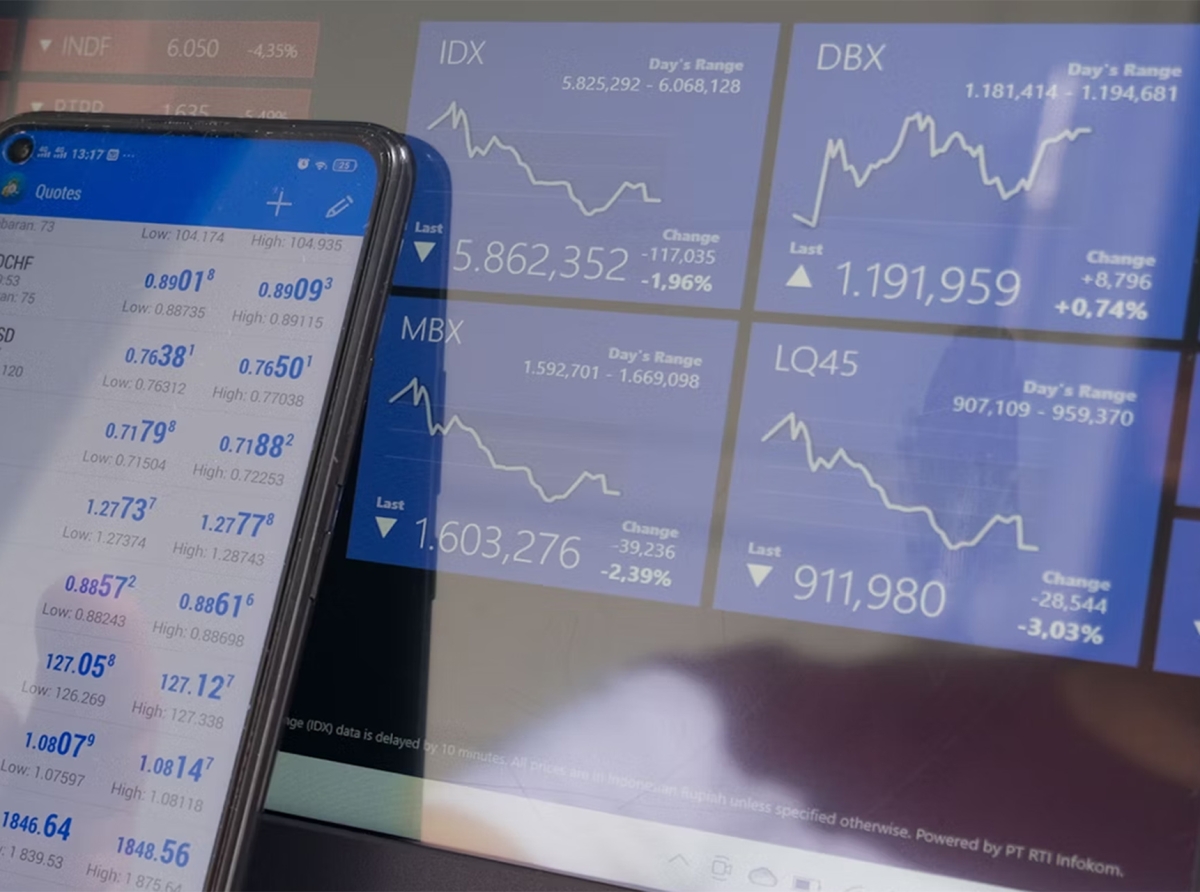Technical Indicators to Build a Toolkit for Effective Trading

Technical Indicators to Build a Toolkit for Effective Trading
In the intricate world of trading, technical analysis stands as a steadfast ally for investors seeking to navigate the tumultuous waters of financial markets. By definition, technical analysis is an evaluative method that forecasts the direction of market prices through the study of past market data, primarily price and volume. The backbone of this methodology lies in the recognition that price movements are not random but are instead influenced by trends that can be systematically identified and exploited.
Traders leverage an array of technical indicators as navigational beacons to guide their trading decisions. These indicators serve as tools to decipher the language of markets, revealing hidden patterns and tendencies in asset price movements. By interpreting these signals, investors aim to anticipate potential market shifts and craft strategies to capitalize on them, striving for profitability.
Traders leverage an array of technical indicators as navigational beacons to guide their trading decisions. These indicators serve as tools to decipher the language of markets, revealing hidden patterns and tendencies in asset price movements. By interpreting these signals, investors aim to anticipate potential market shifts and craft strategies to capitalize on them, striving for profitability.

Technical Indicators to Build a Toolkit for Effective Trading
Categories of Technical Indicators
Technical indicators fall into distinct categories, each serving a unique purpose in market analysis:Trend Indicators: Like celestial navigators steering by star patterns, traders use trend indicators such as Moving Averages to discern the direction in which a market is moving, whether ascending, descending, or meandering sideways.
Momentum Indicators: Momentum indicators measure the speed at which prices change over a specific period. The Relative Strength Index (RSI) is a classic momentum indicator that signals overbought or oversold conditions.
Volume Indicators: These provide insights into the intensity behind price movements by tracking the quantity of traded assets. They are often used to confirm trends because high volume typically accompanies strong price moves.
Volatility Indicators: Volatility is indicative of how much and how quickly prices change within a period. Bollinger Bands are a well-known volatility indicator that defines upper and lower price boundaries based on standard deviations from a moving average.
Together, these categories form an analytical framework enabling traders to decode complex market behaviors and forecast potential price movements with greater accuracy.
Key Technical Indicators for Trade Analysis
Certain technical indicators have stood the test of time and become essential components in traders’ toolkits:Moving Averages (MA): These smooth out price data by creating a single flowing line, making it easier to identify trends. The crossover of short-term and long-term MAs can signal trend changes and thus entry or exit points.
Relative Strength Index (RSI): This oscillator moves between zero and 100, indicating overbought conditions above 70 and oversold conditions below 30. Observing RSI levels helps traders predict impending trend reversals.
Bollinger Bands: This tool consists of three lines: The middle line being a moving average and the outer lines measuring volatility. Narrowing bands indicate low volatility while widening bands indicate increased volatility; both scenarios provide trade signals when combined with other factors such as trend breaks.
Moving Average Convergence Divergence (MACD): It measures the convergence and divergence between two moving averages – elucidating momentum shifts that may herald trade opportunities when crossing above or below its signal line.
These indicators not only simplify vast amounts of pricing data but also enhance decision-making by providing clear indications regarding entry and exit points based on historical precedents.
Integrating Technical Indicators
The true craftsmanship in trading emerges from synergizing various technical indicators to sculpt robust trade signals. A singular indicator can flash preliminary hints towards profitable opportunities; however, corroborating those hints with additional signals from other indicators fortifies conviction in those opportunities. It’s akin to assembling pieces of evidence before reaching a verdict – prudent traders seek confluence among different technical analyses before committing capital to their trades.In summing up our exploration into technical indicators essential for effective trading strategies, we’ve charted how they serve as instruments that enable traders to interpret market rhythms through trend analysis, momentum assessment, volume measurement, and volatility gauging. While each category illuminates different aspects of market behavior, it is their collective intelligence that empowers traders with deeper insights into potential future movements.
Invariably though, while these tools are potent aids in predicting market probabilities, they are not infallible seers; hence why seasoned practitioners often complement them with fundamental analysis for more rounded perspectives on asset valuations.
Building an effective trading toolkit fitted with these venerable technical indicators can indeed enhance one’s edge in financial markets if wielded judiciously within comprehensive strategies harmonizing both technical patterns with overarching economic narratives.
Trading Strategies, Technical Analysis, Market Indicators, Trading Tools, Price Movements
Invariably though, while these tools are potent aids in predicting market probabilities, they are not infallible seers; hence why seasoned practitioners often complement them with fundamental analysis for more rounded perspectives on asset valuations.
Building an effective trading toolkit fitted with these venerable technical indicators can indeed enhance one’s edge in financial markets if wielded judiciously within comprehensive strategies harmonizing both technical patterns with overarching economic narratives.
Trading Strategies, Technical Analysis, Market Indicators, Trading Tools, Price Movements









Report
My comments